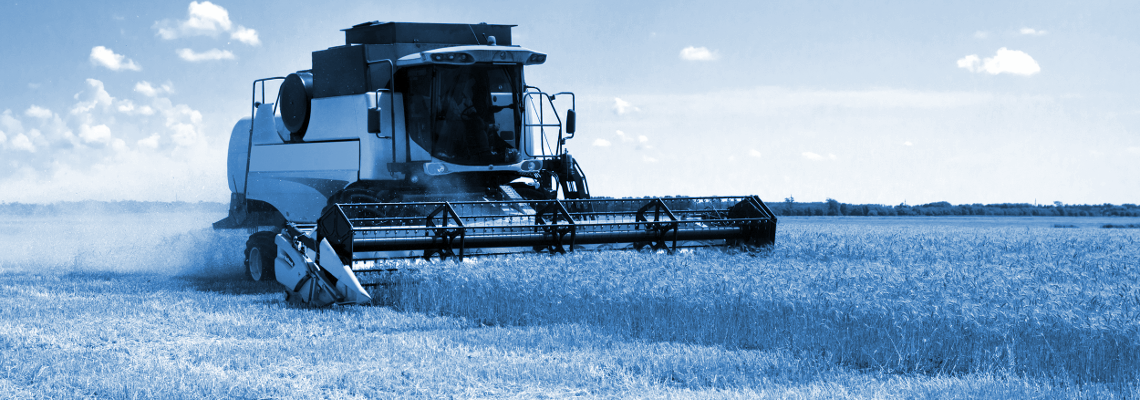Kubota Unveils First Fuel Cell Tractor
JAPAN REPORT

On March 28, Kubota unveiled the first prototype of a fuel cell-powered tractor. Although no release date has been set, the company will consider installing fuel cells in unmanned, automated tractors. Kubota is also developing battery-powered agricultural equipment, but the company believes that hydrogen-powered fuel cells will be effective for medium-large sized agricultural equipment.
Kubota is rushing to commercialize fuel cells because it believes demand will grow in developed countries such as Japan, Europe and the United States as a result of the trend toward decarbonization. The prototype machine has about 60 horsepower and has three hydrogen tanks installed above the cabin, which are used in Toyota’s Mirai fuel cell car. It generates electricity by reacting hydrogen with oxygen to power the engine. In the experiment, a tractor was equipped with a plowing unit to till the soil.




